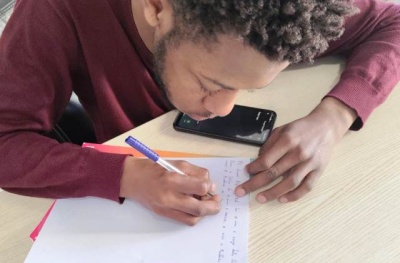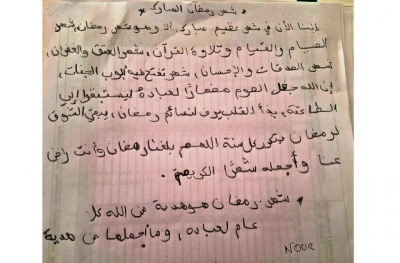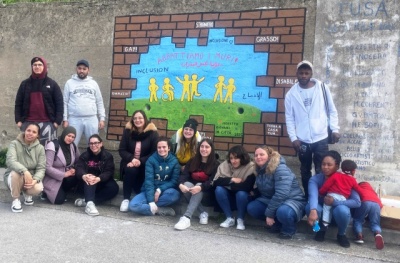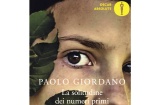Omar Cham, 39 anni, del Gambia scrive sulla Festa del Grano che si fa nella "sua" Raddusa
- di Redazione Il Solidale
- 4 nov 2020
- Migrantes 2.0
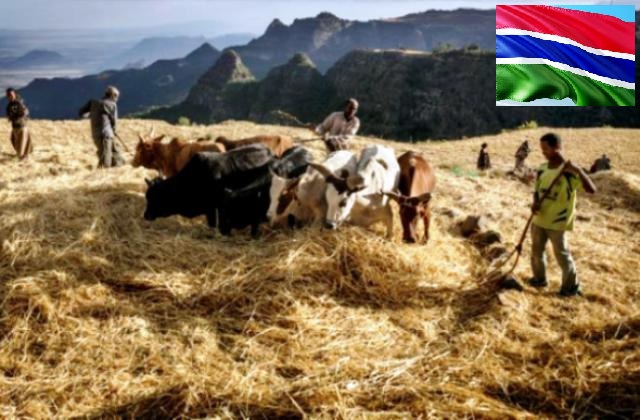
La grandezza del nostro Paese è quello di far sentire a casa propria qualunque straniero. Per non parlare poi delle tradizionali feste che oltre ad essere momento di gioia per tutti gli italiani, lo sono anche per tutti i migranti che si trovano in Italia, per tutte le comunità, anche quelle minori e più deboli. Quasi a creare una fusione culturale e spirituale che sfocia nell'integrazione è nella condivisione di particolari momenti di festa, come quella in cui la comunità di un territorio si ritrova unita. E' il caso della tradizionale Festa del Grano di Raddusa sul quale Omar Cham, 39 anni, del Gambia (ospite del SIPROIMI di Raddusa, facente parte del progetto "Vizzini ordinari", gestiti dalla Cooperativa "San Francesco" s.c.s.) ha voluto esprimere le proprie riflessioni, ripensando con nostalgia alle loro tradizioni sull lavorazione africana del grano (come nella foto), riportate anche nel corso del suo esame, svolto per conseguire la licenza di scuola media, presso la sede ramacchese del CPIA di Catania. Il trentanovenne gambiano Omar Cham scrive:
Il patrimonio culturale è l’insieme di tutte le opere realizzate dall’uomo che hanno un interesse storico, culturale, estetico e che rappresentano testimonianze della civiltà umana. I beni culturali sono sia di tipo materiale che di tipo immateriale. I primi comprendono tutte le opere d’arte, d’architettura, i reperti archeologi che hanno particolare valore.
Per quanto riguarda il patrimonio culturale immateriale, l’Unesco precisa che comprende le pratiche sociali, l’artigianato e altro che rappresentano espressioni tradizionali contemporanee e , al tempo stesso, espressione di identità e di responsabilità in rapporto alla comunità e alla società.
Un esempio di patrimonio culturale immateriale del territorio in cui vivo è “La festa del Grano” di Raddusa.
La festa si svolge nella seconda settimana del mese di Settembre. Durante i tre giorni della manifestazione vengono riproposti momenti di vita agreste degli anni cinquanta. La manifestazione mette in risalto il grano, che si coltiva nelle fertili colline di Raddusa, per ricordare il duro lavoro dei contadini. La festa si svolge principalmente nella centralissima via Regina Margherita, nella Piazza Milite Ignoto e nella Piazza Umberto I.
Nei giorni di festa si sentono musiche, ci sono tante mostre, ci sono convegni dove si parla del grano, c’è la degustazione dei prodotti locali che
derivano dal grano duro di Sicilia come la “Cuccia di Santa Lucia”, la “Pasta di San Giuseppe”, il “Pane condito”.
Ci sono i tanti gruppi folk che ballano per le vie del paese durante la sfilata, dove vengono rappresentate le stagioni, le spighe di grano, i tulipani ecc. Nella sfilata sfilano pure i carretti siciliani, le bande musicali, gli sbandieratori.
Durante la festa arrivano numerosi turisti dalla Sicilia ma anche da altre parti d’Italia, i quali possono anche visitare il Museo della civiltà contadina dove si possono ammirare le stanze e gli strumenti agricoli dei contadini di un tempo.
Ma l’evento più importante della manifestazione è la “Pisatura” del grano che avviene tra canti, balli e cavalli per ricordare come si faceva, un tempo, la separazione dei chicchi di grano dalla paglia.
La Festa del Grano di Raddusa è stata creata per rinnovare, di anno e anno, una tradizione secolare legata alla vicenda dei nostri antenati che hanno segnato la storia del paese e del grano, prodotto principale della terra a cui è legata la crescita culturale, economica e sociale dell’intera comunità raddusana. L’obiettivo della Festa del Grano è quello di promuovere e far conoscere i prodotti agricoli di qualità legati al territorio aiutando gli agricoltori alla loro vendita. Vanno pure perseguite quelle iniziative che permettono di educare il consumatore al gusto e promuovere la diffusione dei principi di una sana e corretta dieta alimentare. Prodotti, quindi, legati a sapori antichi e a luoghi specifici che determinano qualità e caratteristiche tramandate nel tempo e diventate parte integrante della cultura del territorio.
Grazie a questa festa il paese di Raddusa viene definito “Città del Grano”.
Wheat Festival (Festa del Grano)
Cultural heritage is the set of all works made by man that have a historical, cultural, aesthetic interest and that represent testimonies of human civilization. Cultural goods are both material and immaterial. The former include all the works of art, architecture, archaeological finds that have particular value.
With regard to intangible cultural heritage, UNESCO specifies that it understands social practices, crafts and more that represent contemporary traditional expressions and, at the same time, expression of identity and responsibility in relation to community and society.
An example of the intangible cultural heritage of the territory in which I live is "The Wheat Festival" of Raddusa.
The festival takes place in the second week of September. During the three days of the event, moments of rural life of the fifties are proposed again. The event highlights wheat, which is grown in the fertile hills of Raddusa, to remember the hard work of the farmers. The festival takes place mainly in the central Via Regina Margherita, in piazza Milite Ignoto and piazza Umberto I.
On feast days you hear music, there are many exhibitions, there are conferences where we talk about wheat, there is the tasting of local products that
they derive from the durum wheat of Sicily such as the "Cuccia di Santa Lucia", the "Pasta di San Giuseppe", the "Bread seasoned".
There are the many folk groups dancing in the streets of the village during the parade, where the seasons, wheat ears, tulips etc. are represented. Sicilian carts, music bands, flag-wavers also parade in the parade.
During the festival many tourists from Sicily but also from other parts of Italy arrive, who can also visit the Museum of Peasant Civilization where you can admire the rooms and agricultural tools of the farmers of the time.
But the most important event of the event is the "Pisatura" of wheat that takes place between songs, dances and horses to remember how the separation of wheat grains from straw was once done.
The Raddusa Wheat Festival was created to renew, year after year, a centuries-old tradition linked to the story of our ancestors who marked the history of the country and wheat, the main product of the land to which the cultural, economic and social growth of the entire Raddusana community is linked. The goal of the Wheat Festival is to promote and make known quality agricultural products related to the territory by helping farmers to sell them. Initiatives to educate the consumer about taste and promote the dissemination of the principles of a healthy and correct diet must also be pursued. Products, therefore, linked to ancient flavors and specific places that determine qualities and characteristics handed down over time and become an integral part of the culture of the territory.
Thanks to this festival the village of Raddusa is called "City of Wheat".


